Vive la resilient: Don't write off our corals just yet
While it's true that extreme heat has driven the fourth global bleaching event since the 1980s and true that large amounts of live coral have now been lost, Dr Emily Darling from the Wildlife Conservation Society and Melissa Wright, Bloomberg Ocean Initiative lead at Bloomberg Philanthropies argue that in the ocean, the line between life and death isn't so simple.
Headlines this past month warn that the world’s coral reefs have crossed a ‘tipping point’ toward irreversible collapse. It’s a striking phrase – and one that captures the enormity of what’s happening to our ocean. But it risks telling only half the story.
Yes, the ocean is heating. Yes, coral reefs are under siege. But beneath those stories, another reality exists: reefs, and the people who depend on them, are fighting back.
The Global Tipping Points Report 2025 finds that at the 1.4°C of warming the planet is currently experiencing, warm-water reefs are already “crossing their thermal tipping point” and experiencing unprecedented die-off.
It’s true that extreme heat has driven the fourth global bleaching event since the 1980s, with bleaching-level temperatures affecting more than 80 percent of reefs worldwide. It’s also true that large amounts of live coral have indeed been lost. Yet in the ocean, the line between life and death isn’t so simple. Coral ecosystems are extraordinarily diverse, and some reefs are proving remarkably resistant to warming temperatures.
Across the tropics, scientists – including teams from WCS with support from Bloomberg Philanthropies – are finding climate-resistant reefs: places where corals withstand high temperatures, recover after bleaching events, or avoid the worst impacts of climate change altogether.
These reefs tend to share key traits – strong currents, healthy fish populations, and connections to cooler, deeper waters. They are natural strongholds of the ocean, showing that while many reefs are struggling, others still have the capacity to survive and adapt.
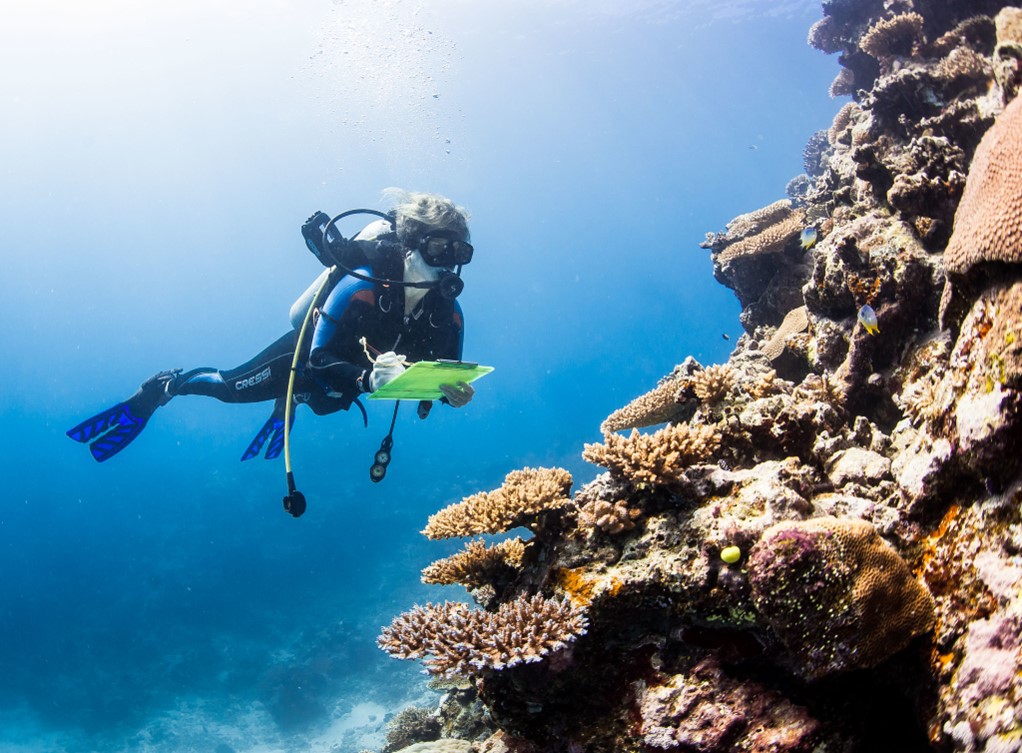
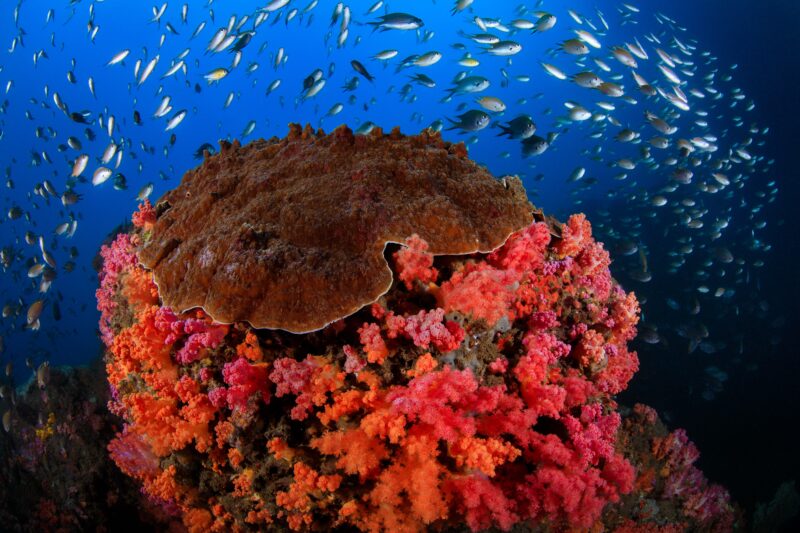
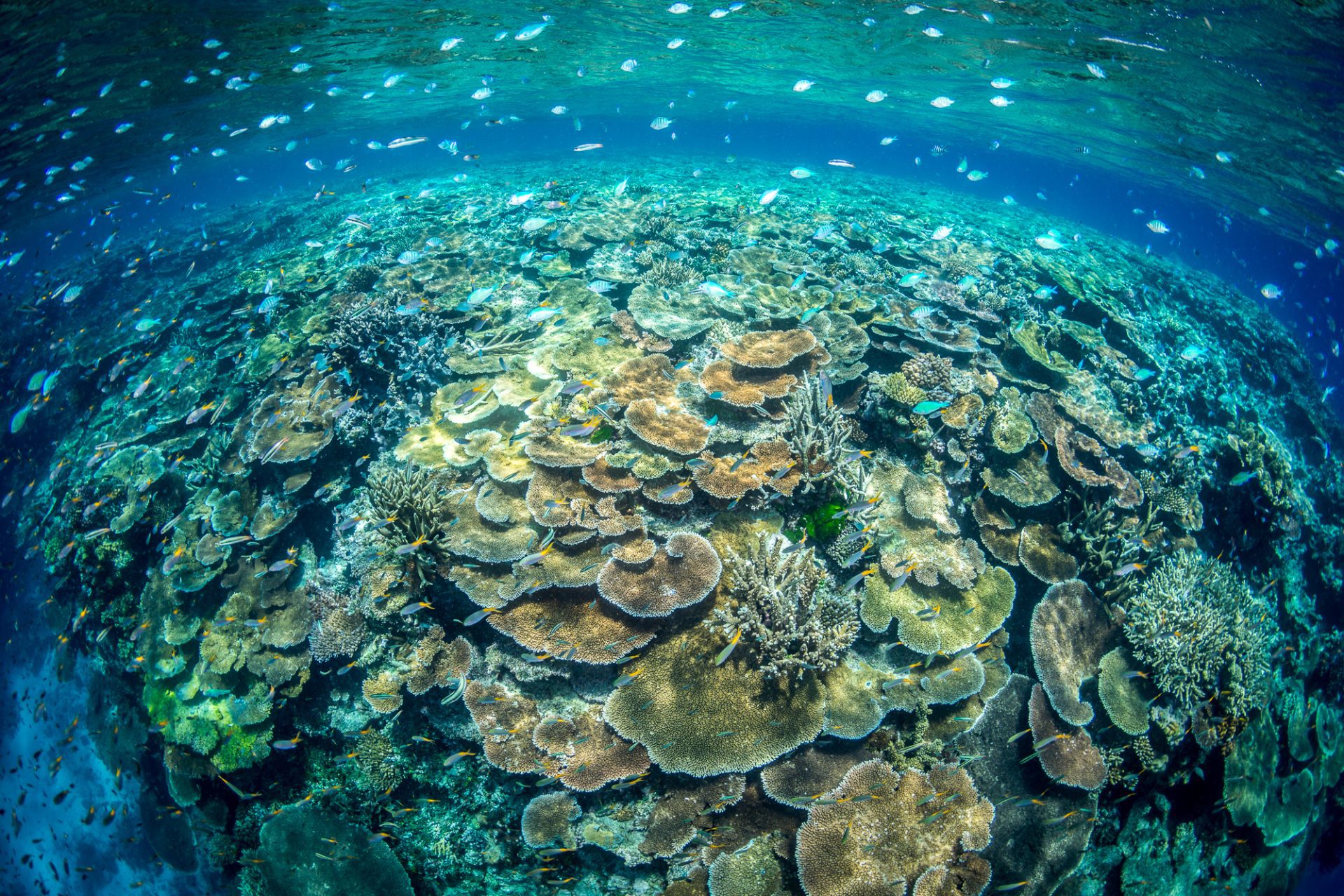
In Fiji, WCS researchers found that reefs that had lost more than half their hard coral cover rebounded within four years to near pre-cyclone levels. In the Seychelles, reefs have recovered more quickly from the 2016 heatwave than from the 1998 event, showing improved reef resilience and ‘tipped back’ into coral recovery. In Indonesia, even corals facing pollution and overfishing can show recovery to recent bleaching. And in the Southern Line Islands, research from Pristine Seas has documented some of the most climate-resilient coral ecosystems on Earth.
Each of these examples tells us the same thing: resilience is real. Coral reefs are not uniform or all victims of climate change. Some are surviving because of their environment or geography; others because local people are managing them well, cutting pollution and overfishing, and giving nature space to recover.
Declaring that reefs have passed an inevitable point of no return might make a powerful headline, but it risks something dangerous: resignation. When we tell people the story is already over, they stop trying to change the ending. Reefs have always changed. What’s new is the pace and scale of human pressures.
Even in a hotter world, reefs can exist – not as static communities, but as evolving systems. Future coral communities may well be smaller, flatter, slower-growing, and dominated by heat-tolerant species. That’s change, not collapse. With smart management, those reefs can still support vibrant fisheries, tourism and coastal protection for nearly one billion people.


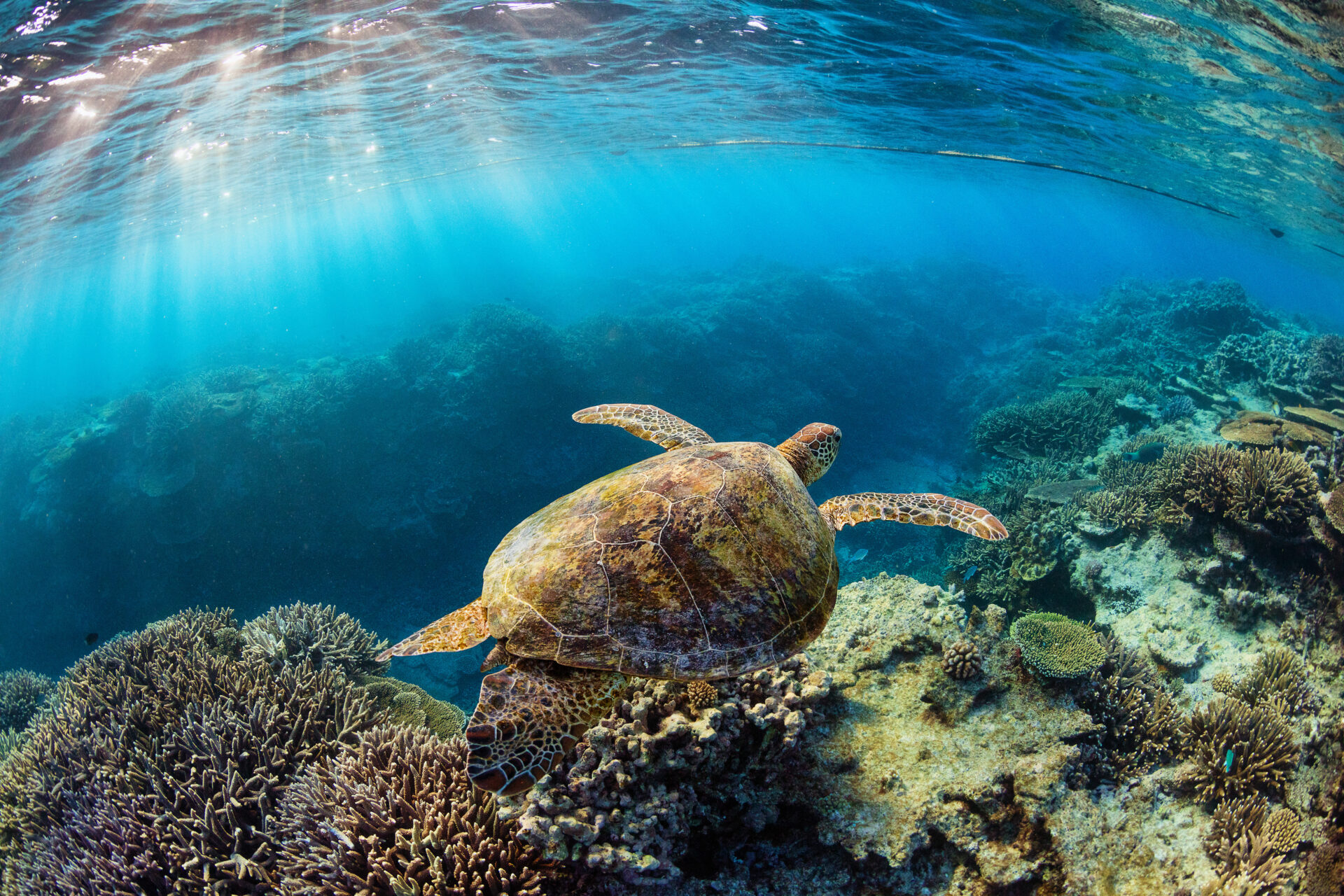
To navigate this hotter future, we need to focus on climate resilience as our blueprint. That means scaling up real-world monitoring and data sharing through tools like MERMAID, identifying, protecting, and connecting the reefs most likely to survive, and supporting Indigenous peoples and local communities who are already doing this work.
Critically, it also means acting fast on climate: coral resistance buys us time, it doesn’t replace emission cuts. Every fraction of a degree of warming avoided means more reefs kept alive.
Around the world, scientists, fishers and conservationists are working shoulder to shoulder to safeguard these ecosystems. Encouragingly, in June at the UN Ocean Conference, 11 countries, including Papua New Guinea, Belize and France, committed to protect climate-resilient coral reefs from pressures such as overfishing and pollution. Others must follow their lead.
More recently at the IUCN World Conservation Congress, members agreed to urgent global action to address the fourth mass coral bleaching event. They plan to integrate coral reef resilience into climate and biodiversity plans, expand finance, monitoring, and locally led restoration, and strengthen international cooperation to prevent catastrophic loss of the world’s reefs.


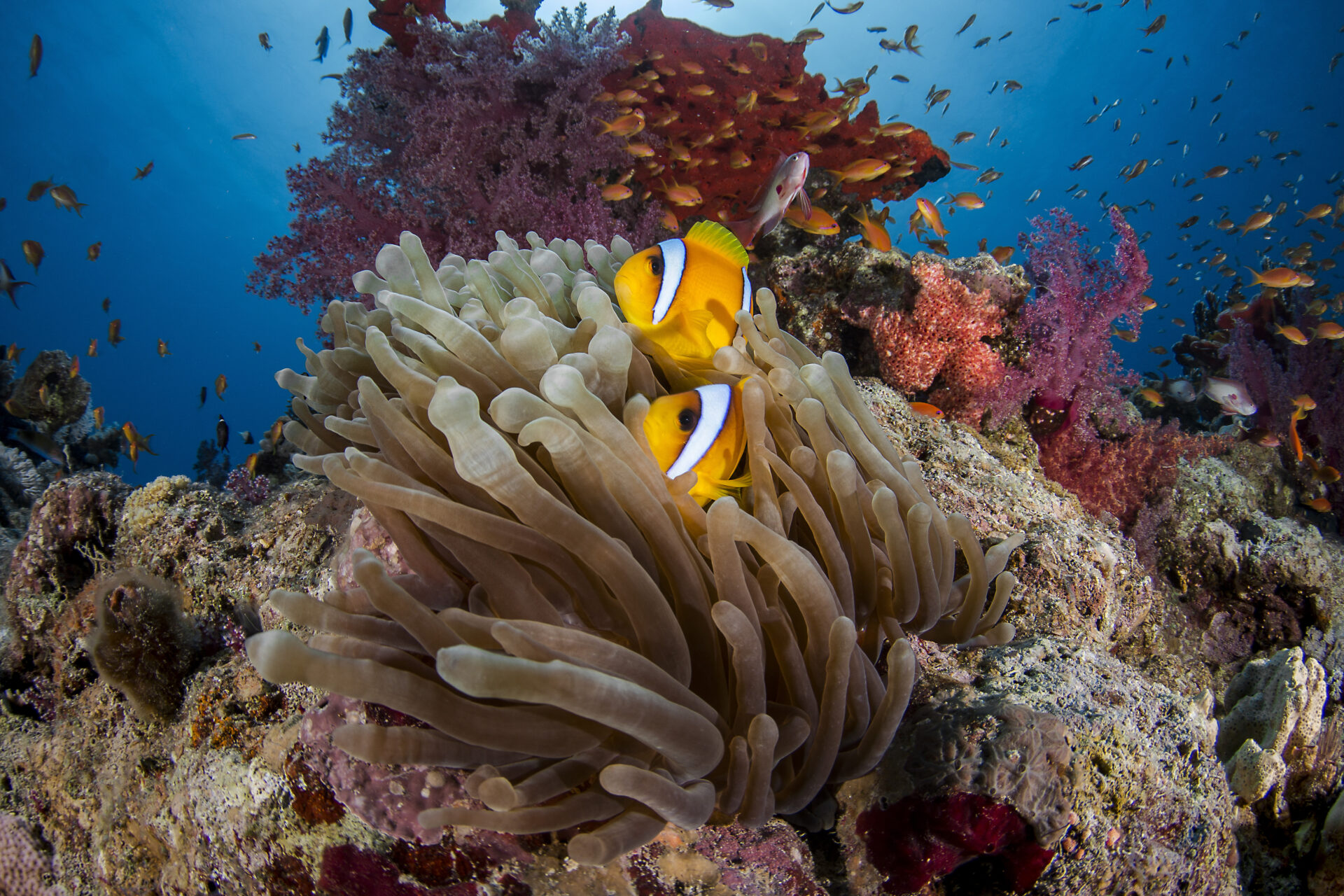
As the world heads toward COP30 in Brazil, we will hear many warnings about ecosystems nearing their breaking points – from reefs to rainforests, permafrost to peatlands. These warnings are vital, but they shouldn’t drown out the evidence of resilience and recovery that still exists. Hope is not naive. It’s a strategy—one rooted in science and grounded in action.
As Jane Goodall reminds us, “fortunately, nature is amazingly resilient.” Our job is to give nature the chance to keep proving it.
Dr Emily Darling is Director of Coral Reef Conservation at the Wildlife Conservation Society (WCS). Melissa Wright is Bloomberg Ocean Initiative lead at Bloomberg Philanthropies.
Printed editions
Current issue
Back issues

Back Issues
Issue 43 Sir David Attenborough’s ‘Ocean’

Back Issues
Issue 41 Holdfast to the canopy
Enjoy so much more from Oceanographic Magazine by becoming a subscriber.
A range of subscription options are available.






